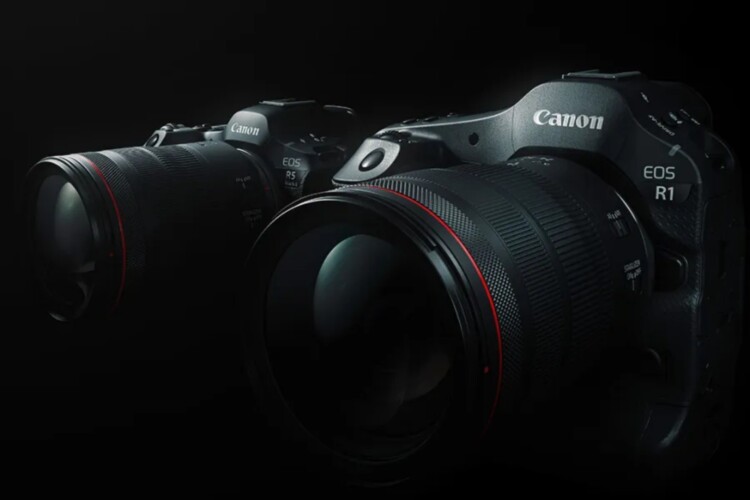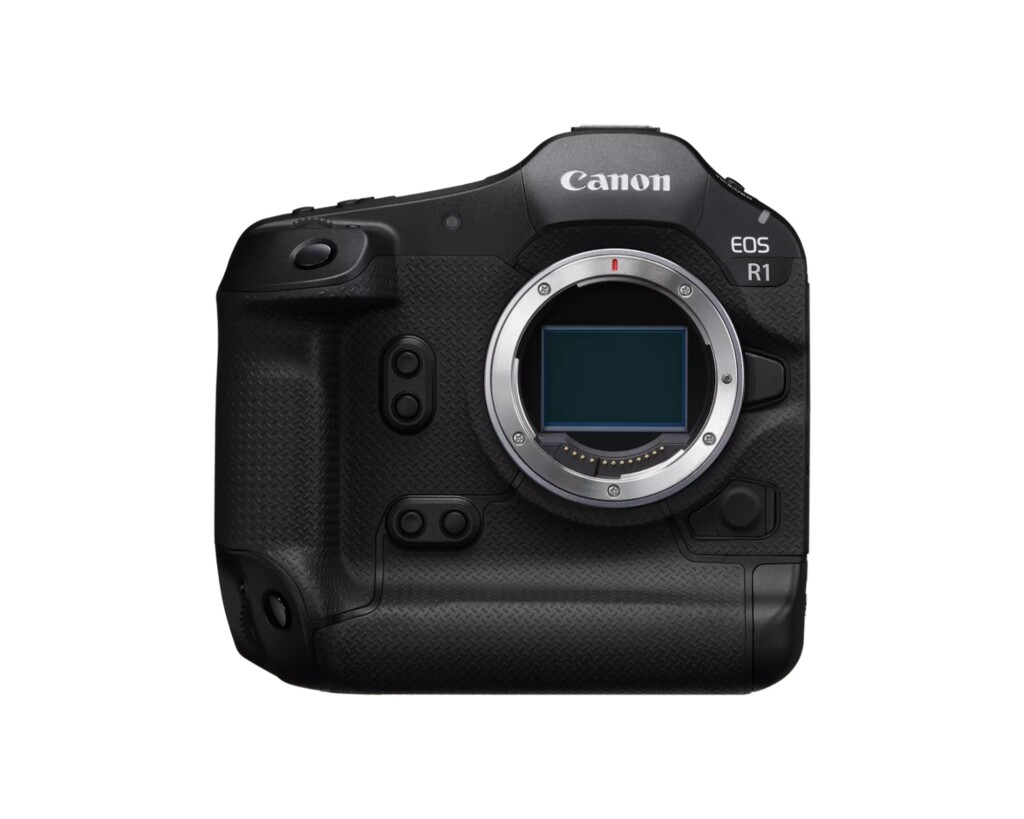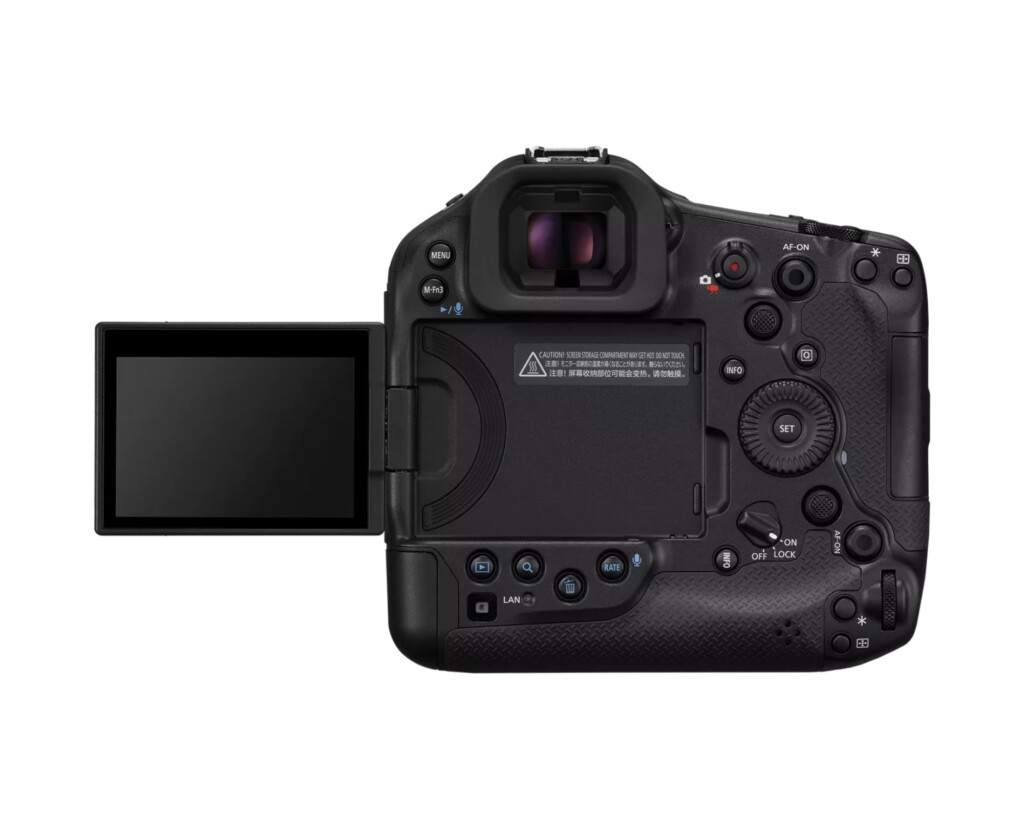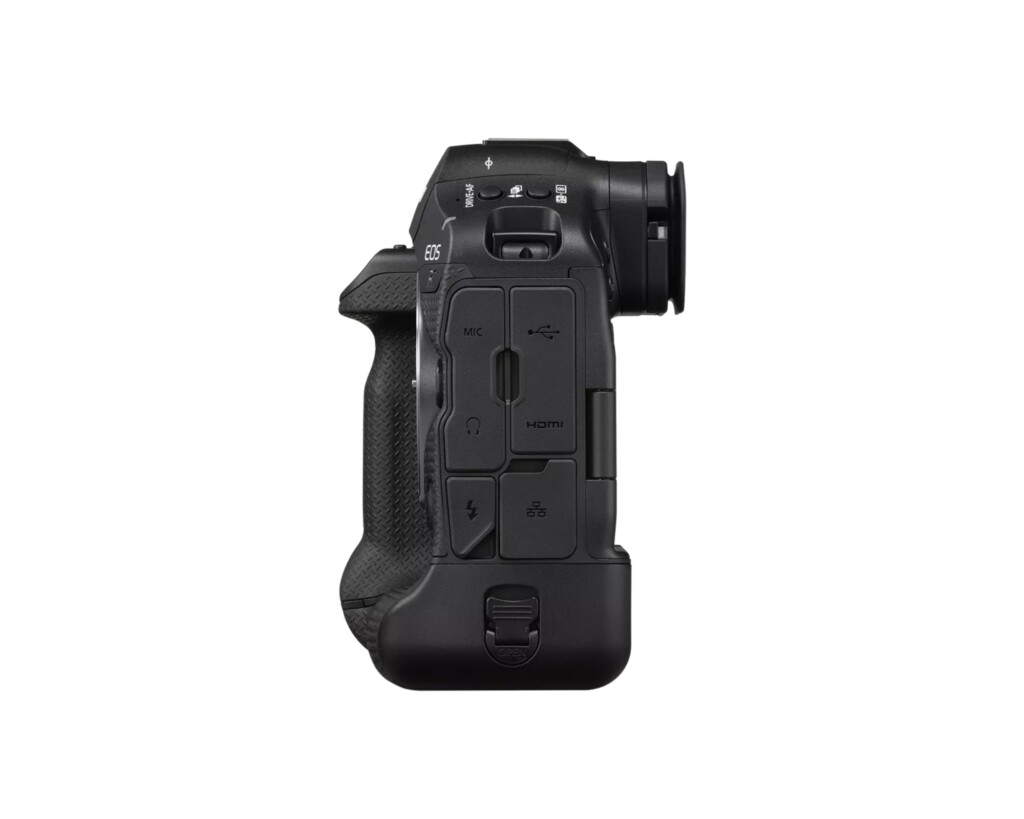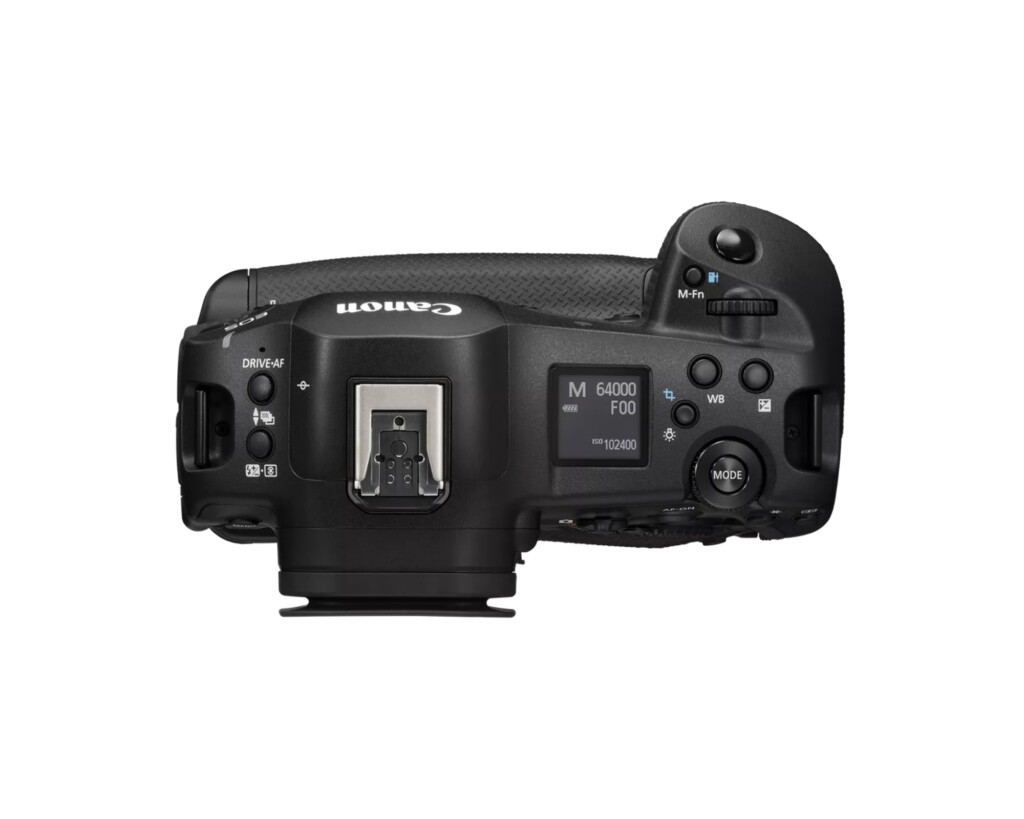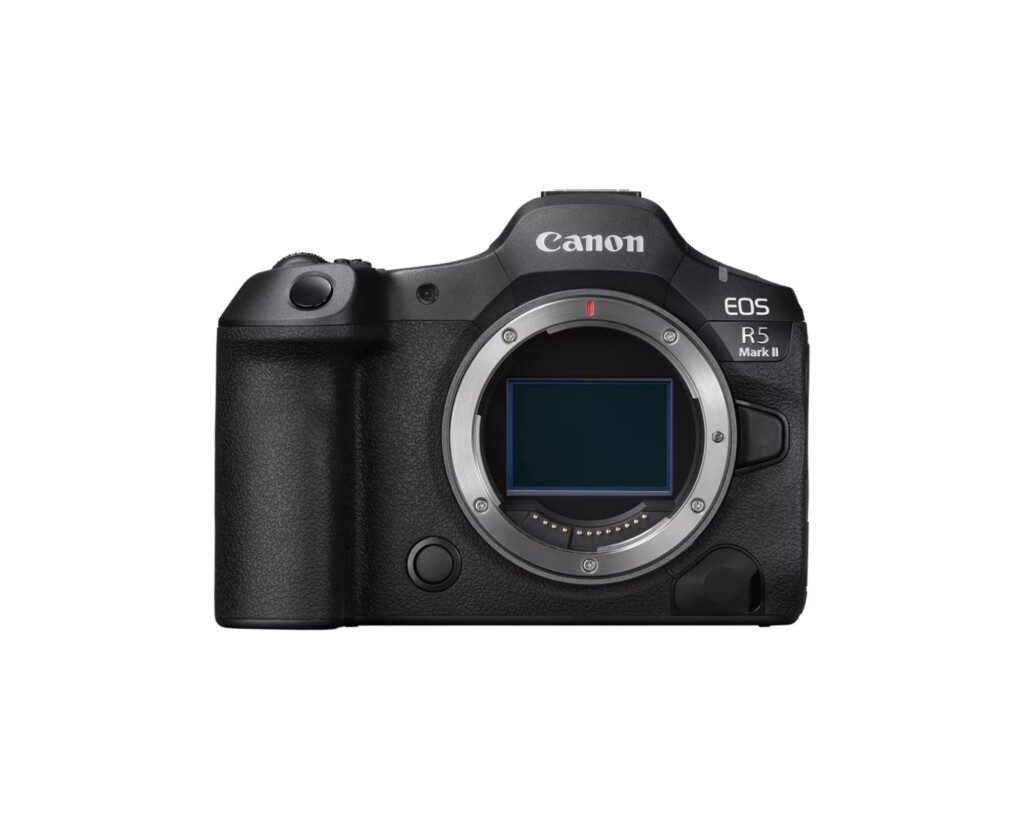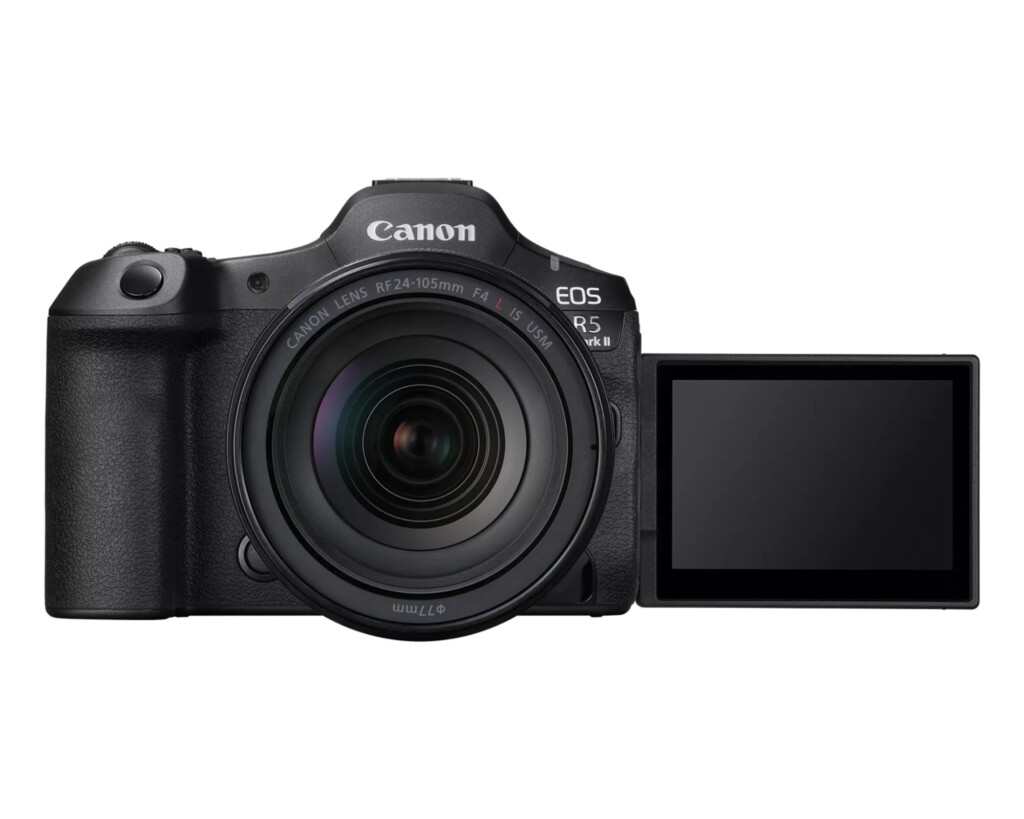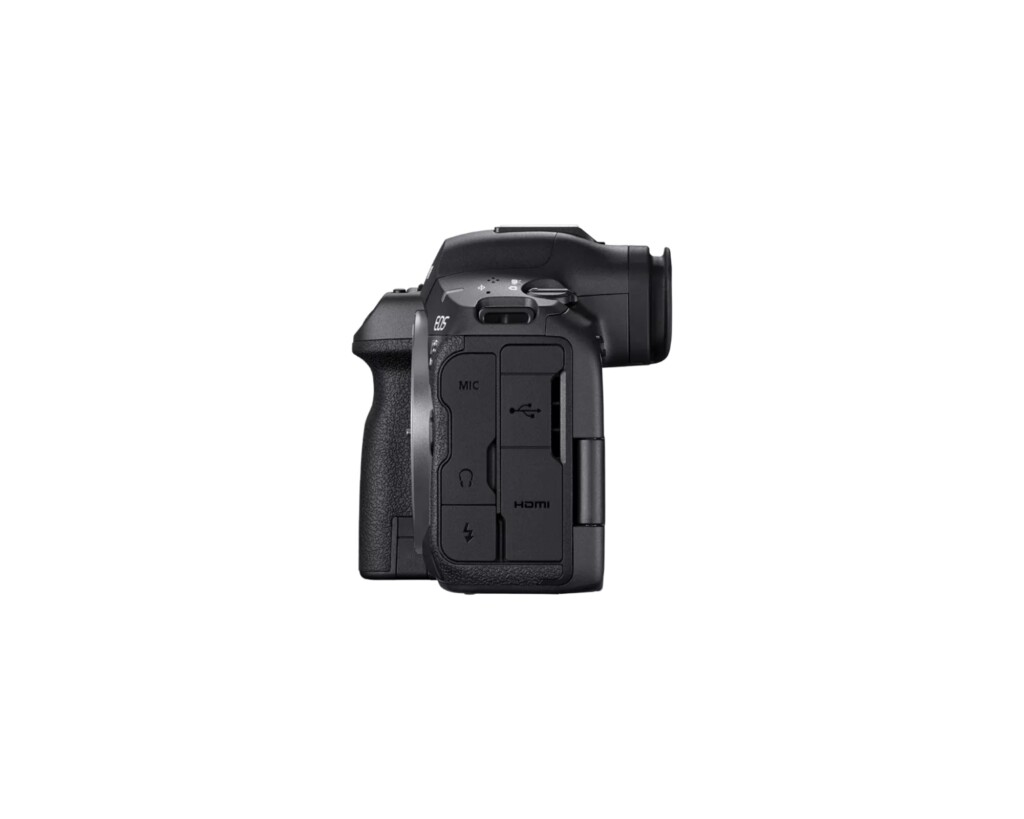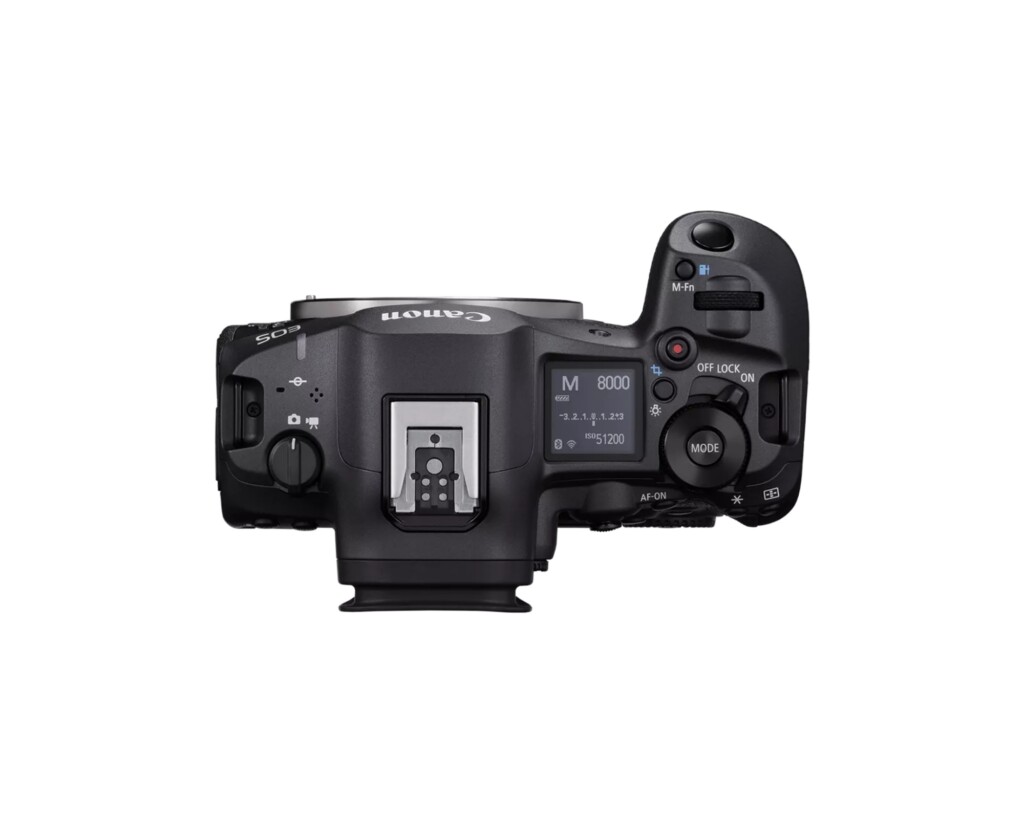Canon has finally unveiled its new flagship mirrorless camera, the Canon EOS R1. This 24-megapixel camera is aimed at professional photographers, particularly those in photojournalism, sports, and wildlife photography. And it isn’t the only new product that the company has revealed today.
Coming as a surprise is the EOS R5 Mark II, the highly anticipated successor to Canon’s popular R5 mirrorless camera that was released in 2020. According to the company, the next-gen model boasts significant enhancements that cater to both enthusiasts and professional photographers.
Canon EOS R1

The EOS R1 packs a Canon-developed back-illuminated stacked 24.2-megapixel sensor, complemented by a new DIGIC X and DIGIC Accelerator processing pipeline. This combination promises improved readout speed, reduced rolling shutter, and enhanced autofocus performance. The robust processing engine and fast sensor enable the R1 to analyse large volumes of information quickly, forming the basis of its sophisticated autofocus system. This system can differentiate between various sports, predict body movements, and deliver Canon’s best autofocus performance yet. The sensor’s new design with cross-type autofocus pixels improves vertical shooting performance.
The camera also includes Eye Control AF, allowing photographers to move the autofocus area by looking at their desired focus point through the viewfinder. This feature is enhanced by a larger OLED electronic viewfinder with 9.44 million dots and 0.9x magnification, an upgrade from the 5.76 million dots and 0.76x magnification of the R3.
Despite its 24-megapixel sensor, the R1 can upscale images to 96 megapixels in-camera, though only for JPEG files. It also features new in-camera noise reduction driven by deep learning algorithms. Alongside AI-assisted autofocus performance, the camera incorporates several innovative AI technologies.

While the R1 sticks with a traditional image sensor design, it is touted to be Canon’s fastest camera, capable of shooting up to 40 frames per second (full-resolution RAW images with full autofocus) using the electronic shutter and up to 12 FPS with the mechanical shutter. It boasts a large buffer capacity, capable of over 1,000 frames, and a half-second pre-capture burst mode that can shoot up to 20 frames.
For video, the R1 can shoot 4K/60p footage and 6K resolution video, tied to RAW recording. It also captures Canon C-Log2, giving it a distinct advantage over the R3 in video capabilities. Other than that, the camera includes two CFexpress Type B card slots using the CFexpress 2.0 standard, a full-size HDMI port, and independent mic and headphone jacks.
Canon EOS R5 Mark II

At the core of the R5 Mark II is a new 45-megapixel back-illuminated stacked full-frame sensor, paired with the powerful DIGIC X processor. This combination promises to deliver superior performance, with faster readout speeds and reduced rolling shutter effects. The inclusion of AI-driven technology further enhances the camera’s capabilities, offering upscaling up to 179 megapixels for JPEGs, denoising, and improved autofocus accuracy.
The R5 Mark II is touted to excel in speed and efficiency, capable of shooting up to 30 frames per second with full-resolution RAW images using its electronic shutter, making it ideal for capturing fast-moving subjects with precision. Compared to its predecessor, the camera’s autofocus system is also significantly improved, featuring Canon’s Eye Control AF mode, much like the EOS R1. This is complemented by a 5.76-million-dot electronic viewfinder, ensuring a seamless shooting experience with blackout-free performance. Meanwhile, its rear LCD is a 3.2-inch tilt/swivel touchscreen with approximately 2.1 million dots resolution.
Video-wise, the R5 Mark II supports DCI 8K/30p video, RAW and HDR recording, and 4K/60p. It also includes a waveform display and tally lamp, a full-size HDMI port for external recording and output, as well as independent mic and headphone jacks. Besides that, the camera uses Canon’s LP-E6P battery for improved battery life compared to its predecessor.

Pricing & Availability
The EOS R1 is set to retail in Malaysia for RM29,999 for body only, while the EOS R5 Mark II is priced at RM18,999 for body only. However, Canon Malaysia has yet to confirm the release dates for both cameras. For reference, the former is slated to be available in the US this fall, whereas the latter sometime in August.
(Source: Canon Malaysia press release)
Follow us on Instagram, Facebook, Twitter or Telegram for more updates and breaking news.


